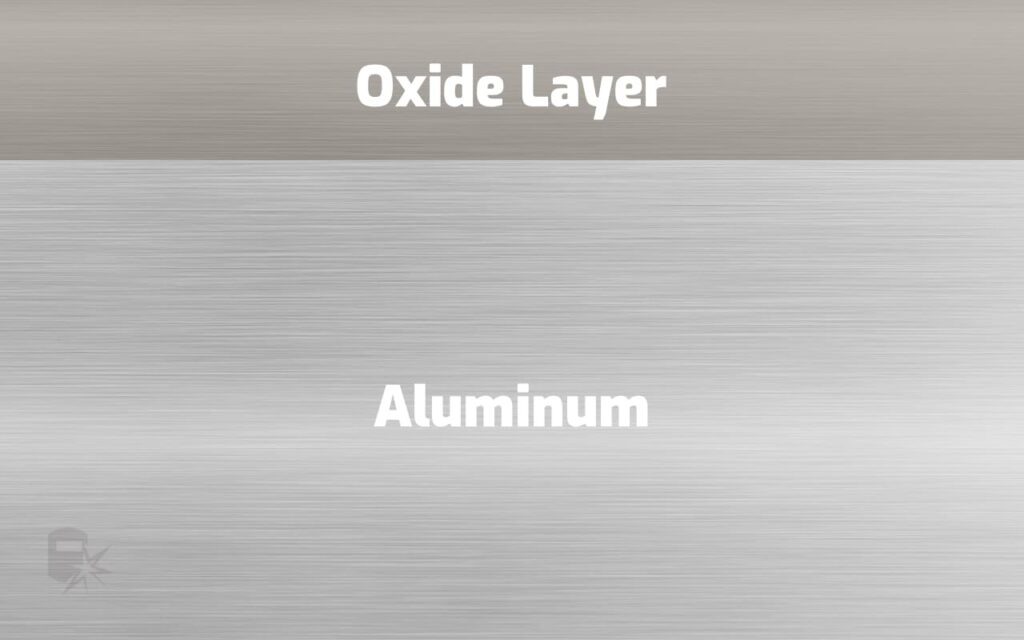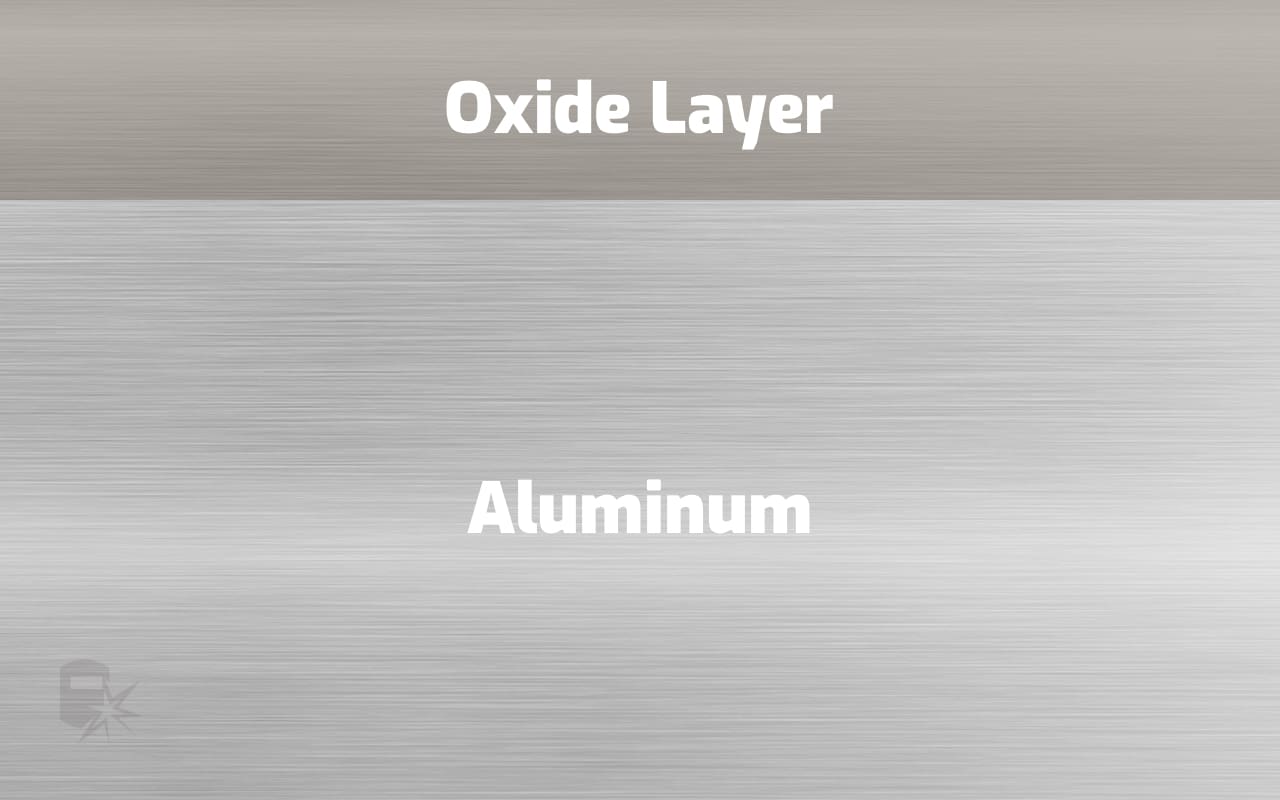
3/8″ Stainless: A Deep Dive into Amperage and Shielding Gas for Superior Welds
The world of welding, especially when dealing with stainless steel, is a complex tapestry of variables. Achieving a strong, aesthetically pleasing, and durable weld requires meticulous attention to detail. When working with 3/8″ stainless steel, the stakes are particularly high, often involving critical applications in industries like aerospace, food processing, and chemical manufacturing. This article delves into the critical considerations of amperage and shielding gas when welding 3/8″ stainless, providing a comprehensive guide for welders of all experience levels.
Understanding the Significance of 3/8″ Stainless Steel Welding
3/8″ stainless steel represents a substantial thickness, demanding precise control over the welding process. This thickness dictates higher heat input, potentially leading to issues like distortion, burn-through, and compromised mechanical properties if not managed correctly. The choice of welding parameters, particularly amperage and shielding gas, becomes paramount in mitigating these risks and achieving a successful weld. The integrity of the weld is directly related to the longevity and performance of the fabricated component. Failure is not an option in many applications, making a thorough understanding of the process crucial.
Amperage: The Engine of the Weld
Amperage, the electrical current, is the driving force behind the welding process. It dictates the heat input, directly influencing the weld’s penetration, fusion, and overall characteristics. For 3/8″ stainless steel, the amperage requirements are significantly higher than for thinner materials. The specific amperage range depends on the welding process used (e.g., Gas Tungsten Arc Welding (GTAW/TIG), Gas Metal Arc Welding (GMAW/MIG), or Shielded Metal Arc Welding (SMAW/Stick)). However, a general guideline is that higher amperage is needed to adequately melt the thicker metal and achieve full penetration. Improper amperage settings can lead to a weak weld, lack of fusion, or even excessive heat input causing warping or other defects.
Amperage Considerations by Welding Process
- GTAW (TIG): GTAW provides the most control over the weld pool and is often preferred for high-quality welds on stainless steel. For 3/8″ stainless, amperage typically ranges from 150 to 250 amps, sometimes higher, depending on the joint configuration and the welding position. The welder can fine-tune the amperage using a foot pedal or a hand-operated amperage control to precisely manage the heat input.
- GMAW (MIG): GMAW is a faster process, suitable for production environments. For 3/8″ stainless, amperage typically falls between 200 and 300 amps, or even higher, depending on the wire diameter and the type of shielding gas used. The welder needs to carefully monitor the weld pool and adjust the amperage to achieve the desired penetration and weld bead profile.
- SMAW (Stick): SMAW is a versatile process, often used in field applications. For 3/8″ stainless, the amperage will depend on the electrode size and type. The welder should consult the electrode manufacturer’s recommendations for the appropriate amperage range. Generally, higher amperage is required than for thinner materials.
It is crucial to perform test welds and adjust the amperage accordingly before welding the final piece. This will help ensure that the settings are optimized for the specific application and material.
Shielding Gas: Protecting the Integrity of the Weld
Shielding gas plays a critical role in protecting the molten weld pool from atmospheric contamination. Oxygen and nitrogen in the air can react with the molten metal, leading to porosity, oxidation, and reduced mechanical properties. The choice of shielding gas is therefore a critical consideration when welding 3/8″ stainless. The type of shielding gas directly affects the weld’s appearance, strength, and corrosion resistance.
Common Shielding Gases for 3/8″ Stainless Steel
- Argon (Ar): Argon is the most common shielding gas for GTAW on stainless steel. It provides excellent arc stability and produces clean, high-quality welds. Argon is inert and does not react with the molten metal.
- Argon/CO2 Mixtures: For GMAW, a mixture of argon and carbon dioxide (CO2) is often used. CO2 can increase penetration and weld speed, but it can also increase the risk of oxidation. The CO2 percentage is typically kept relatively low (e.g., 2-5%) to minimize oxidation.
- Argon/Oxygen Mixtures: Argon/oxygen mixtures are sometimes used for GMAW, primarily to improve weld pool fluidity and reduce spatter. However, oxygen can also increase the risk of oxidation, so the percentage of oxygen needs to be carefully controlled.
- Specialty Gas Mixtures: Certain welding applications may benefit from specialized gas mixtures. These mixtures can include helium, nitrogen, or other gases to improve specific weld characteristics. Consult the welding procedure specification (WPS) for the specific gas requirements for 3/8″ stainless steel.
The flow rate of the shielding gas is also important. Too little gas can result in inadequate shielding, while too much gas can cause turbulence and disrupt the shielding effect. The flow rate should be adjusted according to the manufacturer’s recommendations and the welding process used.
Interplay of Amperage and Shielding Gas
Amperage and shielding gas are not independent variables; they are inextricably linked. The choice of shielding gas can influence the optimal amperage setting, and vice versa. For example, a gas mixture that promotes deeper penetration might allow for a slightly lower amperage setting. The welder needs to consider the interaction of these two factors to achieve the best possible results. It’s a delicate balance that requires experience and attention to detail. The ideal combination depends on the specific welding process, the material being welded, the joint configuration, and the desired weld characteristics.
Pre-Welding Preparations for 3/8″ Stainless Steel
Before initiating the welding process, thorough preparation is crucial. This includes cleaning the metal surface to remove any contaminants such as oil, grease, rust, or mill scale. These contaminants can compromise weld quality. The edges of the joint should be properly prepared, including bevelling or other edge preparations, to ensure adequate penetration and fusion. The fit-up of the joint should be precise, with minimal gaps. Proper fit-up and joint preparation are essential to achieve a successful weld, regardless of the chosen amperage and shielding gas.
Post-Weld Considerations for 3/8″ Stainless Steel
After welding, the weld should be carefully inspected for any defects, such as porosity, cracks, or lack of fusion. This can be done visually or with more sophisticated methods like dye penetrant testing or radiographic inspection, depending on the application’s requirements. The weld may also need to be cleaned and passivated to remove any surface contamination and restore the stainless steel’s corrosion resistance. The specific post-weld treatment will depend on the application and the welding procedure specification.
Troubleshooting Common Problems
Welding 3/8″ stainless steel can present challenges. Here are some common problems and their potential causes:
- Porosity: Often caused by contamination, improper shielding gas, or too much moisture in the welding environment.
- Lack of Fusion: Can result from insufficient amperage, improper joint preparation, or too fast a travel speed.
- Cracking: May be caused by excessive heat input, improper filler metal selection, or inadequate preheating.
- Warping: Can be caused by excessive heat input or improper welding sequence.
Careful attention to amperage and shielding gas settings can help minimize these problems. Adjusting these parameters and other welding variables is often necessary to achieve the desired results. The key is to systematically troubleshoot the process and identify the root cause of the problem.
Best Practices for Welding 3/8″ Stainless Steel
To achieve the best results when welding 3/8″ stainless steel, follow these best practices:
- Choose the Right Process: Select the welding process best suited for the application, considering factors like joint configuration, accessibility, and production requirements.
- Use the Correct Filler Metal: Select a filler metal that matches the base metal’s composition and intended service environment.
- Optimize Amperage: Carefully select the amperage setting based on the welding process, material thickness, and joint configuration. Perform test welds to fine-tune the settings.
- Choose the Appropriate Shielding Gas: Select the shielding gas or gas mixture that provides the best protection against atmospheric contamination.
- Prepare the Joint Properly: Clean the metal surface, prepare the edges, and ensure a proper fit-up.
- Control Heat Input: Use appropriate welding techniques and travel speeds to minimize heat input and prevent warping.
- Inspect the Weld: Thoroughly inspect the weld for any defects.
- Follow Welding Procedure Specifications (WPS): Adhere to the WPS for the specific application. A WPS is a detailed document outlining the parameters for welding a particular joint.
Conclusion: Mastering the Art of 3/8″ Stainless Steel Welding
Welding 3/8″ stainless steel requires a deep understanding of amperage, shielding gas, and their interplay. By carefully considering these factors and adhering to best practices, welders can achieve strong, durable, and aesthetically pleasing welds. The principles discussed in this article are fundamental to successful welding of this material and are applicable across a wide range of industries. Mastery of these techniques will ensure the integrity and longevity of welded components. Careful attention to detail, from the selection of materials and equipment to the execution of the weld itself, is the key to success.
The successful welding of 3/8″ stainless steel is a testament to the welder’s skill and knowledge. It is a process that demands precision, attention to detail, and a commitment to quality. By understanding the principles of amperage and shielding gas, welders can confidently tackle the challenges of this demanding material and produce welds that meet the highest standards. The information in this article provides a solid foundation for anyone looking to excel in this specialized area of welding.
Remember to always prioritize safety and consult relevant industry standards and regulations. Practice and continuous learning are essential for mastering the art of 3/8″ stainless steel welding. [See also: Related Article Titles]


